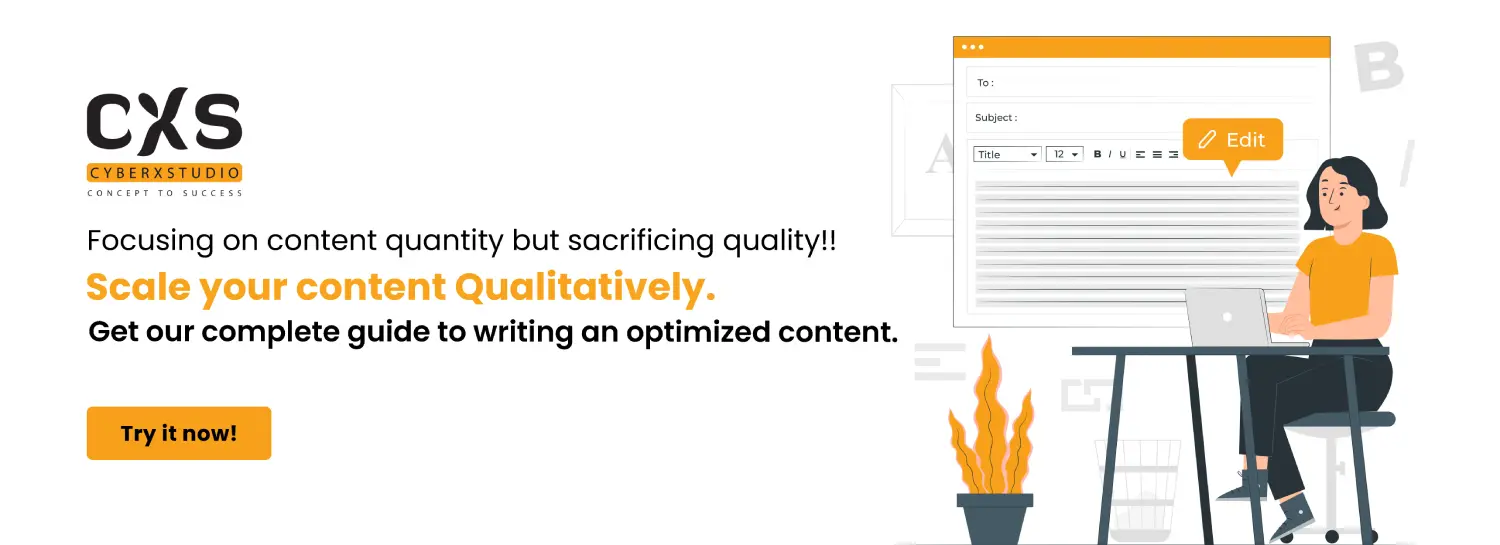We experience new updates emerging in digital marketing and SEO evolution is no exception. Quality content and keyword research are standards for putting your content out there for visibility yet Google’s algorithm checks the authority of your content to rank it higher on search engines. To showcase this dominance, pillar pages, and topic clusters content strategy will do the trick for your brand by organizing your content and enhancing your webpages internal linking.
You might be wondering what is pillar pages and topic clusters. So, in this blog, we will give you a comprehensive guide on unlocking SEO success with this content strategy.
Defining the Concept of Pillar Page
A pillar page is a prime content piece that acts as a backbone for a topic cluster. It holds holistic information about a broad topic that can be further segmented down to subtopics. For example, if one wants to make a topic cluster of SEO, then the pillar page would be concentrated on the fundamentals of SEO, which can be clustered into subtopics like local SEO, technical SEO, on-page SEO, off-page SEO, and link-building.
Categories of Pillar Pages
Pillar pages have three types which are as follows:
Resource Pillar Page
This sort of pillar page provides an expansive and authoritative reference on a broad issue in your industry. It has extensive information and frequently serves as a go-to resource for your target market.
10x Content Pillar Page
A 10x content pillar page aims to provide content that is ten times better than what is already accessible. It strives to provide unique value, distinguishing itself as the best resource in its field.
Product or Service Pillar Page
This pillar page is specifically designed for marketing a product or service, highlighting the features, benefits, and special selling factors of what your company offers. It delivers comprehensive information and answers prospective customer questions.
Understanding the Idea of Topic Clusters
Topic clusters are the pages that supplement your pillar page. They are subtopics that are grouped to communicate the complete details. They focus on secondary keywords and long-tail keywords. Topic clusters have all the essential information on a particular subject yet they are closely linked and related to the primary hub which is the pillar topic. This structure plays a powerful role in boosting the visibility of the website and offers a great user experience.
Crafting Pillar Pages and Topic Clusters for Your Content Strategy

Pillar pages and topic clusters content strategy has the following elements that make it more effective, interesting, and interactive:
- Pillar Topic – Select a topic that is vast and relevant to your niche. It should encompass several aspects yet address crisp information.
- Keyword Research – Finding relatable, right intent, high-volume, and less competitive keywords is the key to amplifying your search rankings. Incorporate keywords in headlines, meta descriptions, meta tags, and ALT Texts.
- Identify Cluster Content – Make a cluster of the pillar topic by determining the subtopics that will be related to the main content subject.
- Understandability – Present details in a variety of ways rather than using large amounts of text for better communication and comprehension.
- Encourage Social Sharing – Your target audience wants to share relevant content to boost their profile. Give folks something to speak about.
- Authentic Research – Original research will allow you to establish yourself ahead of your competitors by telling a different narrative. It is also an excellent approach for acquiring backlinks.
- User-Friendly – Ensure that the page loads quickly and offers easy navigation. Make sure to check it works fine on both PC and mobile.
- Precise – Keep the pillar page content up to 2000 words and mention the information concisely. Don’t aim for a higher word count as the reader would be interested in extremely detailed overviews.
- Engaging and Valuable – Videos, quizzes, sliders, and other interactive components created with high quality can help spice up the page, making it striking for the users.
- Well-Structured Content – Provide the table of contents to help users navigate the main page more easily.
- Internal Linking – Guide the reader through your cluster by linking to additional content.
Pillar Pages and Topic Clusters Role in Impactful SEO

Using pillar pages and topic clusters content strategy is the best SEO tip to improve website rankings and make a compelling influence over the web. It holds the following benefits that are worth investing your time and effort:
Refined Website Organization and Authority
Pillar pages help to establish a topic hierarchy with a proper structure. Also, it contributes in incorporating internal links more naturally. This gives a green flag to the search engine that your content demonstrates authority.
Fulfilled Search Goal
Pillar page and a topic cluster usually answer the queries of the users with informational or transactional content intent. Whatever the target is, it should satisfy the user with authenticity and engagement.
Increased Readability Timeframe
As pillar pages contain detailed content and have potent internal links attached to it, the visitors are compelled to stay on the website for a longer time.
Accelerated Engagement
Engagement automatically goes up when the pillar page provides a user-friendly interface, easy navigation, and matches search intent.
Conclusion
SEO is a crucial component in organic content marketing. For a website to achieve the best-ranked position on SERP, one has to consider a content strategy that supports favorable outcomes. Pillar pages and topic clusters provide a dominant strategy that renders authority, structure, better understanding, and interactive user experience which in return upscales reach, traffic, and engagement.
































